The Galaxy S8’s gorgeous “Infinity Display” is easily the phone’s most defining feature. Without it, the Galaxy S8 would have been little more than a rehashed Galaxy S7 with a few updated internals.
This isn’t Samsung’s first rodeo with curved displays. We’ve seen curved AMOLED panels in previous iterations of the device (Galaxy S6 Edge, Galaxy S7 Edge), but it’s only on the S8 that the curved display now comes standard across small and large models. Like it or not, you have to get on board Samsung’s vision of a curved display future or look elsewhere.
The Infinity Display has two features: its super small bezels and an unconventional 18.5:9 aspect ratio. It’s the phone’s most talked about feature and while the vast majority of reviews offer nothing but praise, I’m hear to give you an opposing viewpoint. The curved display? It sucks.
Its not all bad
Before I start, I just want to note that it’s not all bad. The S8’s curved display is much improved over previous generations. Samsung has finally given up on trying to make it look useful, realizing what we’ve known all along — the edge screen is only there for looks. The edge screen is much more subtle this time around. This means the screen doesn’t actually bend over the sides as much as we saw on the S6/S7. This helps prevent accidental screen taps even when my sausage fingers start creeping over into edge screen territory.
The metal frame surrounding the Galaxy S8 has also been flattened out from the S7 Edge’s design. It’s much less pronounced and gives your fingers more surface area to hold onto along the sides. It sounds like a rather small detail, but this combined with a more narrow body and Samsung doing away with the Teflon coating they used in the past, makes for a phone that feels wonderful in the hand. While it’s certainly more ergonomic, the same pitfalls remain…
Not so small bezels
I’ve long dreamt about the day I could own an Android device with tiny bezels and finally take back some of that screen real estate lost to Android’s on-screen navigation bar. Until the Galaxy S8 and LG G6, there wasn’t much of a concerted effort to improve mobile design in this area (probably because Apple devices still have some of the biggest bezels in the biz).
While I’m certainly glad Samsung and LG are competing in this space, small bezels combined with on screen navigation buttons really only serve to match what we’ve seen from devices using capacitive buttons. Take the Galaxy S8 and S7 Edge for instance. The actual viewable portion of an app starts at the exact same point on both devices (see the above comparison with the ZTE Axon 7).
While an argument can be made about the versatility on-screen buttons offer over capacitive keys (they can hide when watching movies or playing games), in most cases the Galaxy S8’s navigation buttons are always in plain view. Sure, it’s superior to devices like the Google Pixel which have large bezels and on-screen buttons, but if you’re coming from a device with already smallish bezels and capacitive buttons (S7 Edge, Axon 7), there’s really no reason to lust after the Galaxy S8’s tiny bezel.
Weird 18.5:9 aspect ratio blows
Shrinking the bezels of a device means you can provide consumers with a phone that’s smaller — and easier to hold — than devices with an equal sized display/large bezels. For the S8, Samsung through everyone for a loop by going with an odd 18.5:9 aspect ratio. This allowed them to increase the size of the display (which looks great on paper), while providing a phone that has a smaller width than devices of the same display size.
But the Galaxy S8 still isn’t technically a “one-handed” device. At least not for me. The display is just as tall as other 5.8-inch or 6.2-inch devices which means if you hated phablet devices and how difficult it was to reach to the notification pull down, you’re still going to struggle with the Galaxy S8. You’d better get used to shimmying or performing finger gymnastics if you need to touch high placed UI elements.
The S8’s weird aspect ratio also affects apps, games, and videos, many of which aren’t compatible with the 18.5:9 aspect ratio. For instance, when watching videos, big black bars appear along the sides of it, creating virtual bezels to fit everything into view. While most apps and games can be forced into full screen mode, not all of them support this feature and can break or bug out completely.
If only Samsung had stuck with the standard 16:9 aspect ratio (like you find on most every other phone), this wouldn’t have been an issue. You know the old saying, if it ain’t broke, don’t fix it.
Curved display just gets in the way
If there was any shortcoming to the Galaxy S8’s Infinity Display it has to be the curved edges. I know, I know. Most people say they love how it spills over the sides of the phone, minimizing the appearance of the side bezel (but not nearly as much as Samsung makes it look in their renders). I’ll admit, the curved display certainly looks cool, but it provides no practical benefit over a flat display. In fact, it’s just the opposite.
Picture this: a smartphone manufacturer makes a new smartphone with the best display on the market. The only caveat is that there’s excessive distortion and light bleed along the side edges. Would this phone be given rave reviews? Not a freakin’ chance, but that’s exactly what you see with the Galaxy S8.
Aside from the image and color distortion along the edges (I’ll admit, it’s nowhere near as bad as the S7 Edge but still very much prevalent) the curved edges create an excessive amount glare. This means that even when you position the display at an optimal viewing angle, the glare along the edges makes the phone an absolute nightmare for watching full screen videos or playing games.
Let me ask you this: if curved edge displays did offer any benefit over flat displays, then why don’t we see it on computer monitors, TVs, and the like? Simple — because it’s just a gimmick.
Don’t @ me
I get it. In a world where most smartphones all look like the same boring copycat devices, it takes a lot to stand out. That’s the true purpose of Samsung’s curved Infinity Display and despite my own personal bias toward flat displays, it seems to have struck a chord with consumers who are already flocking to the S8 in droves.
For some of you, this might be the first negative review you’ve ever read about the S8’s display but I assure you I don’t have any personal vendetta against the manufacturer or their devices. I’ve had a mostly pleasant experience with the Galaxy S8 but after spending more than a full month using the device as my daily driver, I’ve since returned back to the comforts of the ZTE Axon 7. Haven’t looked back once.
However, had Samsung simply offered a flat screen variant of the S8, I think I might have stuck around a lot longer. I guess you really can’t have it all, but I’m just curious — are there any other curved screen haters out there? I reckon a quick poll may be in order.
[polldaddy poll=9747841]

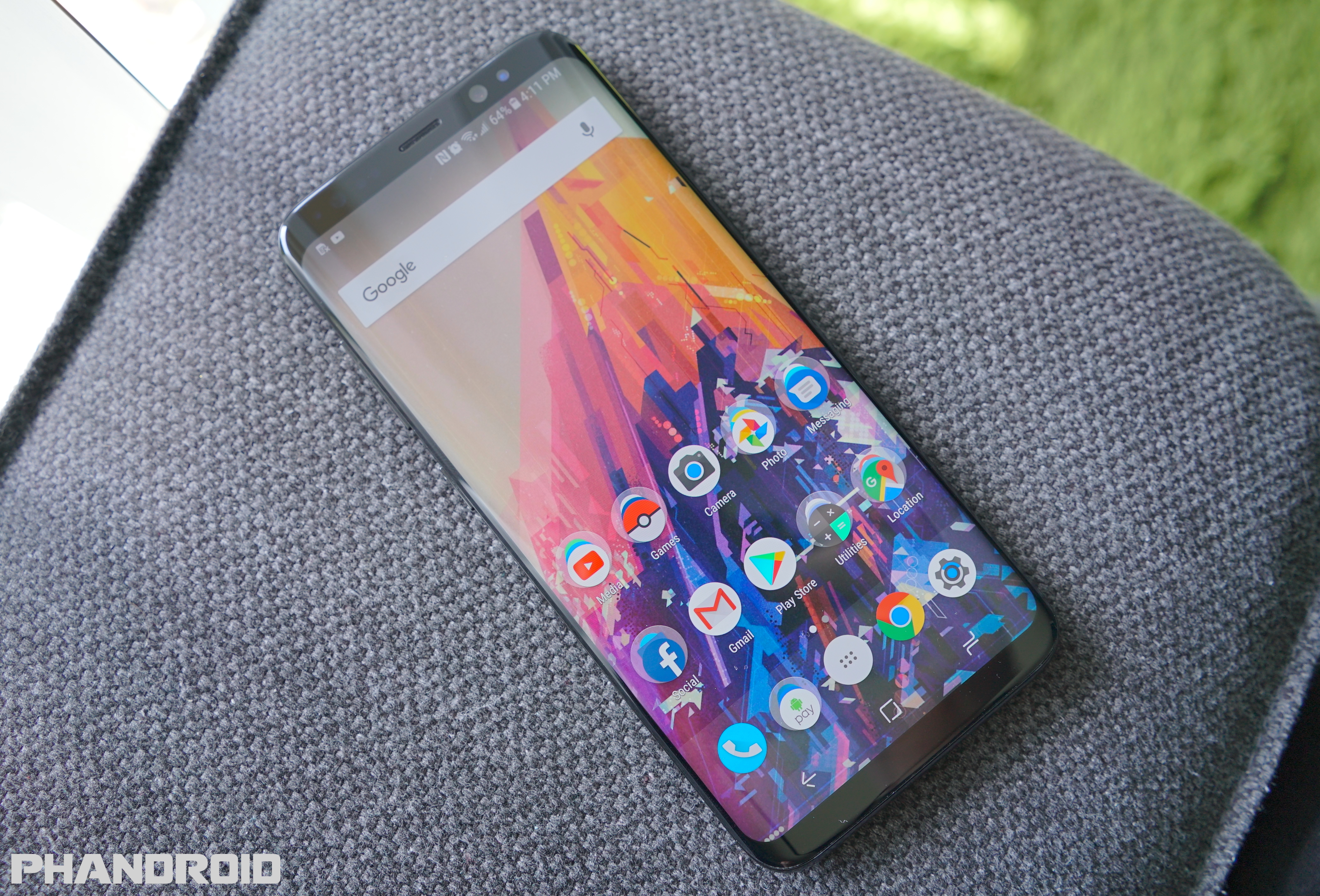



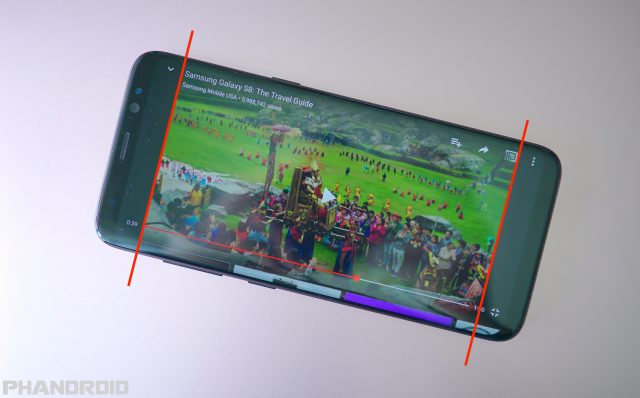
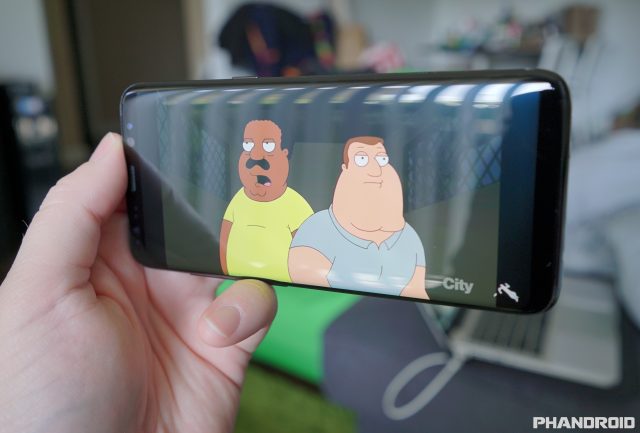
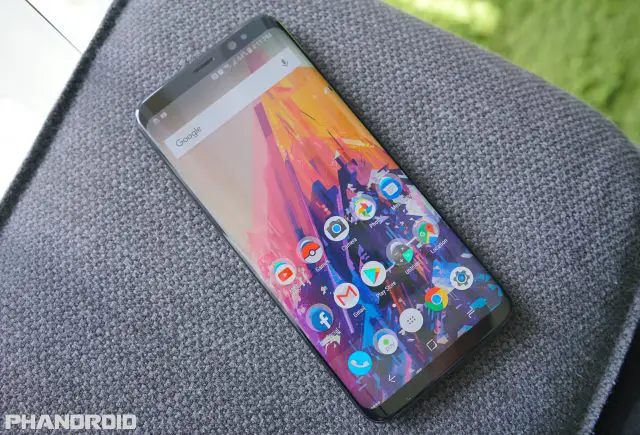
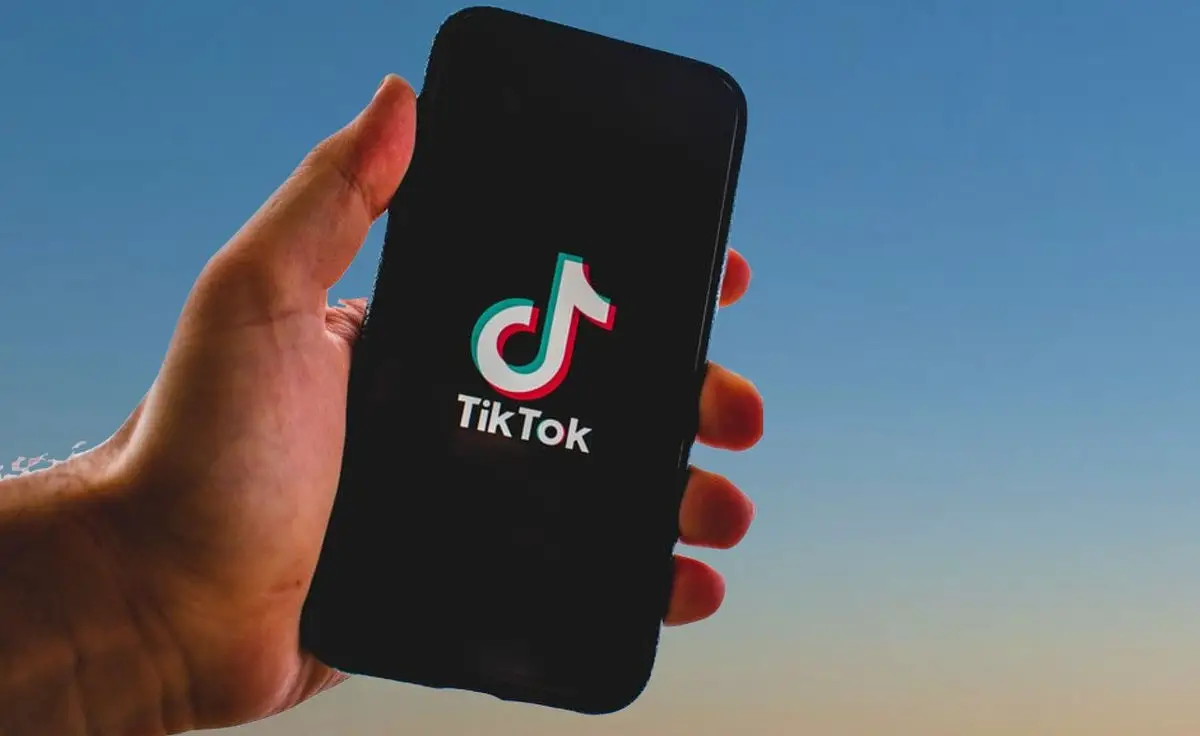
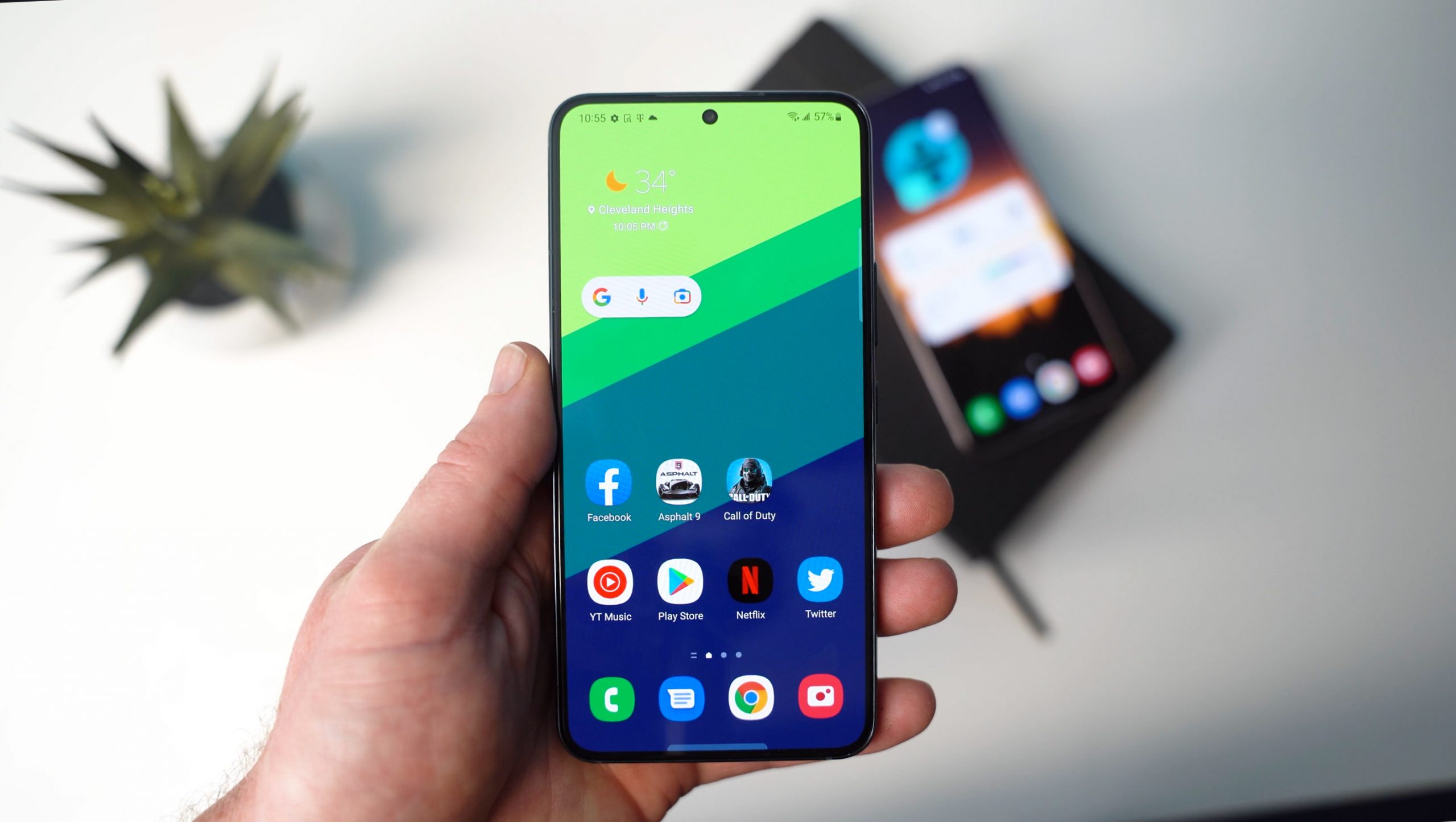
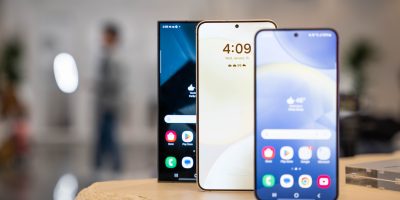
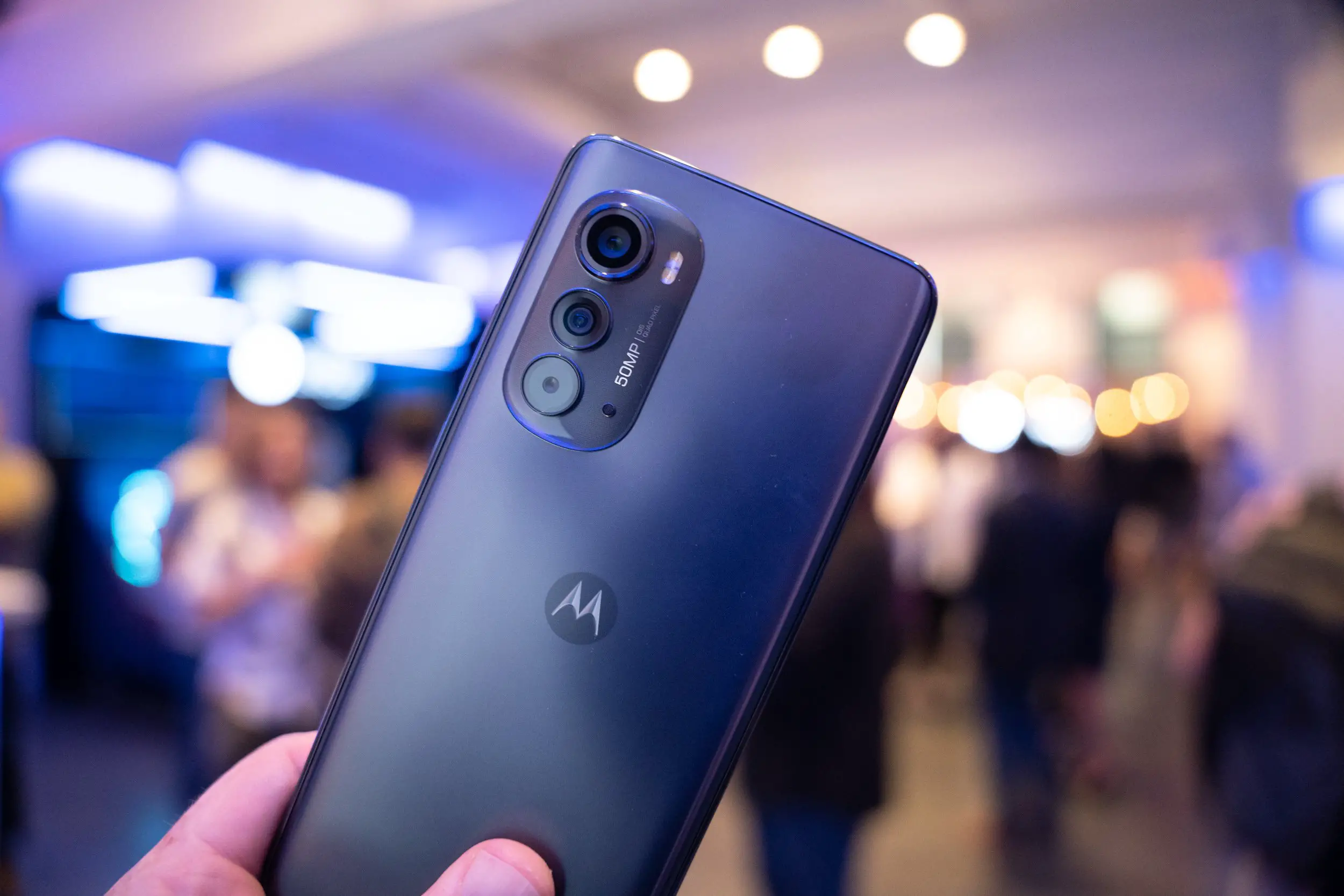
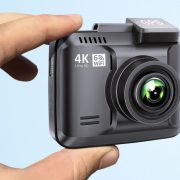
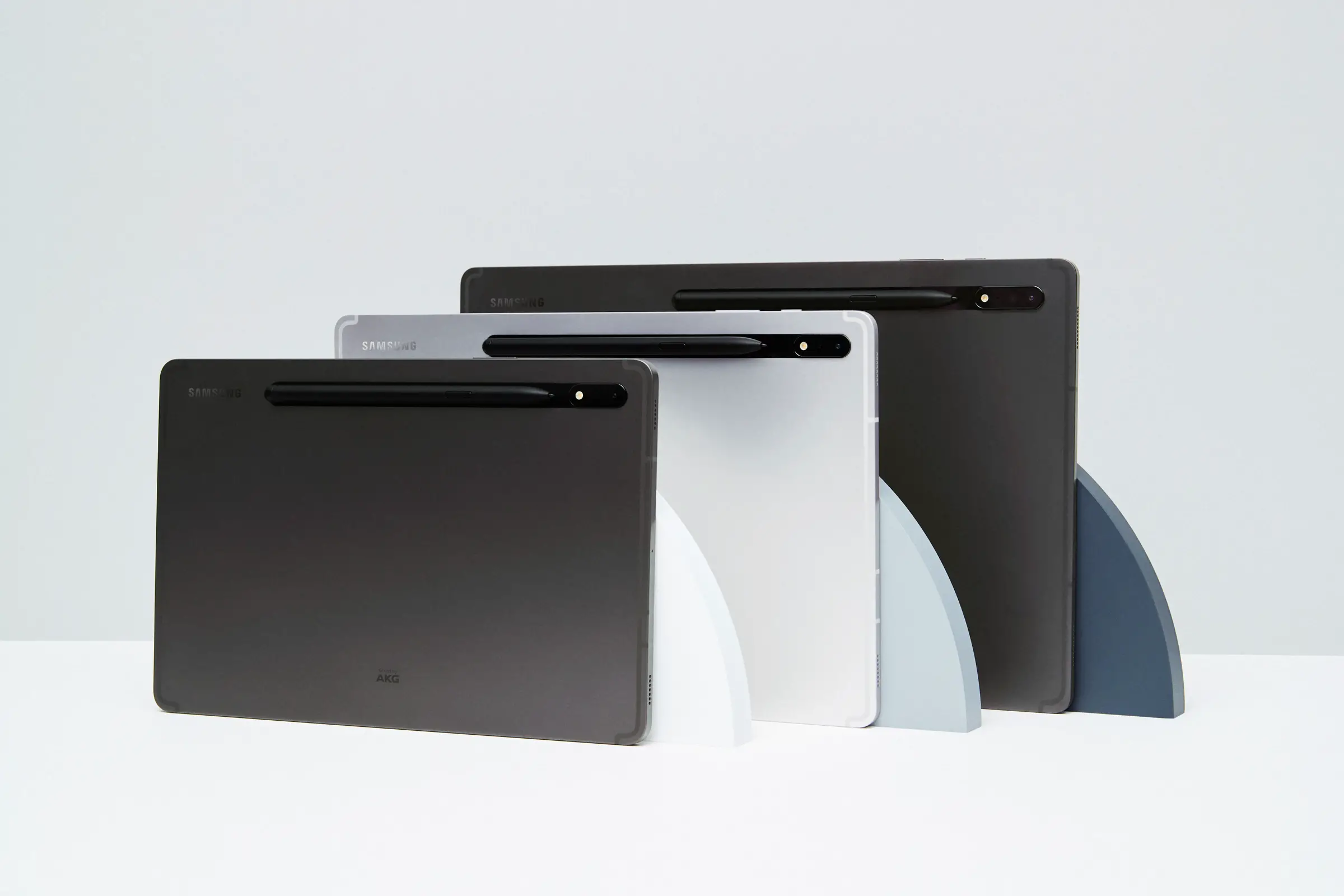
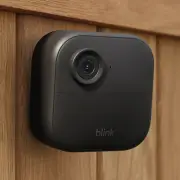

Comments